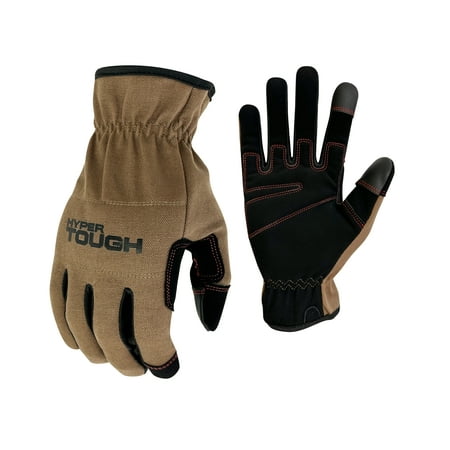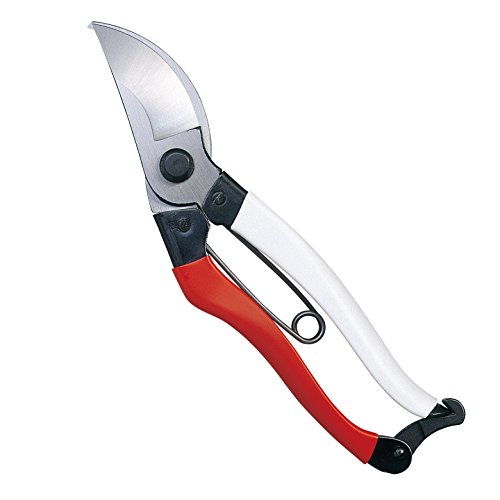The essential pawpaw tree winter pruning guide – for healthy, shapely fruiting trees this year
Timing is crucial when learning how to prune pawpaw trees
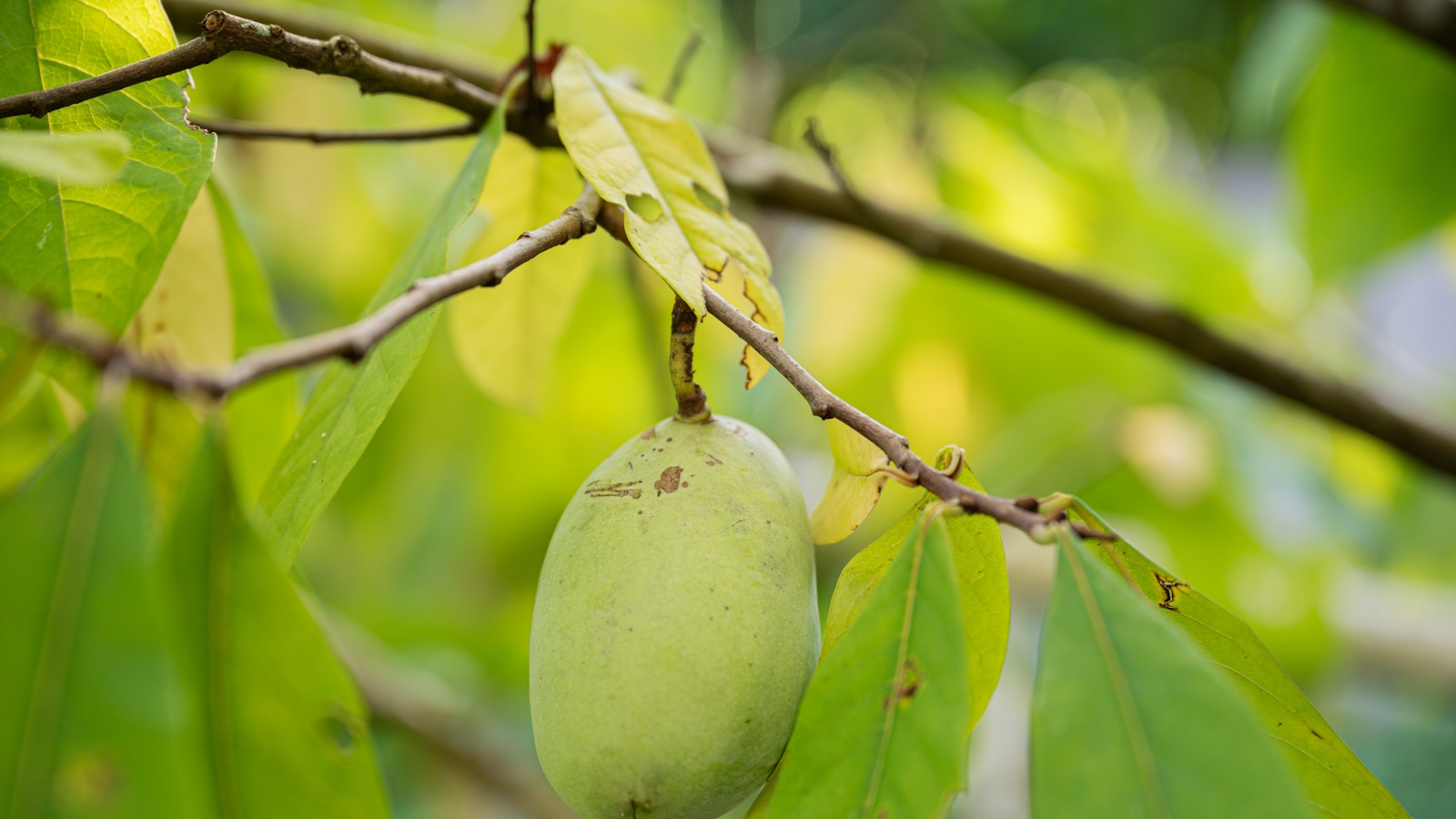

To keep pawpaw trees productive and in good health, pruning at the right time and in the right way is essential. Pruning will not only keep your pawpaw trees compact and under control but will also encourage vigorous growth for the year ahead.
Pawpaw trees, or Asimina triloba, are cherished for their unique fruits and lush foliage, both of which can be seen in the images here. Recognized as the largest edible fruit grown in North America - similar in shape to papaya - pawpaw trees have undergone a revival in recent years, with many gardeners planting these native trees in backyards. Suitable care is essential, however, particularly if you want to enjoy a bumper harvest.
It is for this reason that learning how to prune pawpaw trees is crucial. Here, in this guide, we’ll explore the best pruning practices to adopt, with expert tips to maintain the health and productivity of your prized pawpaw trees.
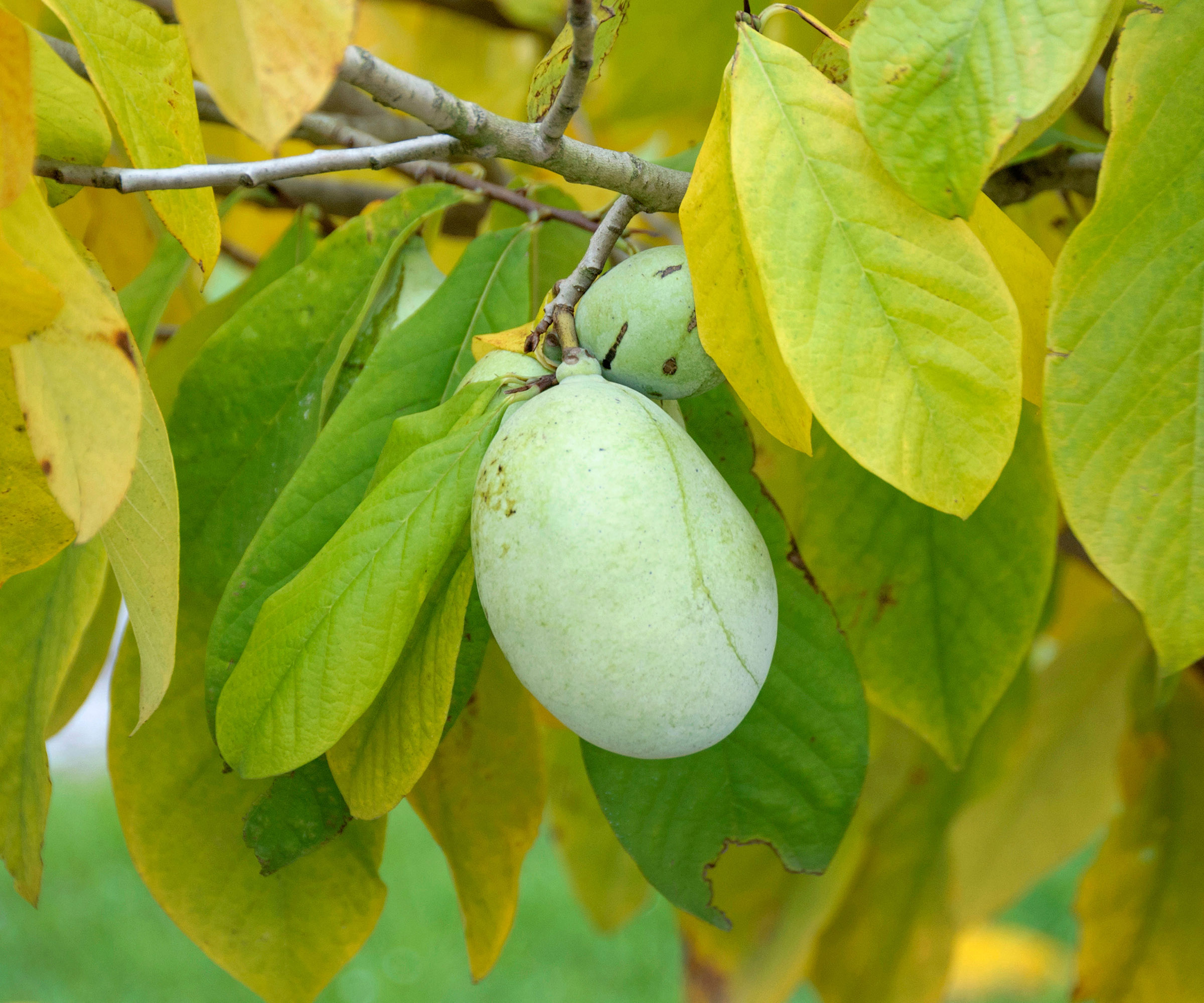
When and how to prune pawpaw trees - an expert guide
Pawpaw trees are some of the best fruit trees to grow. While they might not be as well known as apple or plum trees, this native species is sure to add something special to your yard. Growing best from US hardiness zone 5 to zone 8, pawpaw trees are generally tough and resilient, but pruning at the right time is important if you want to maximize the crop of fruits for the coming year.
When to prune pawpaw trees
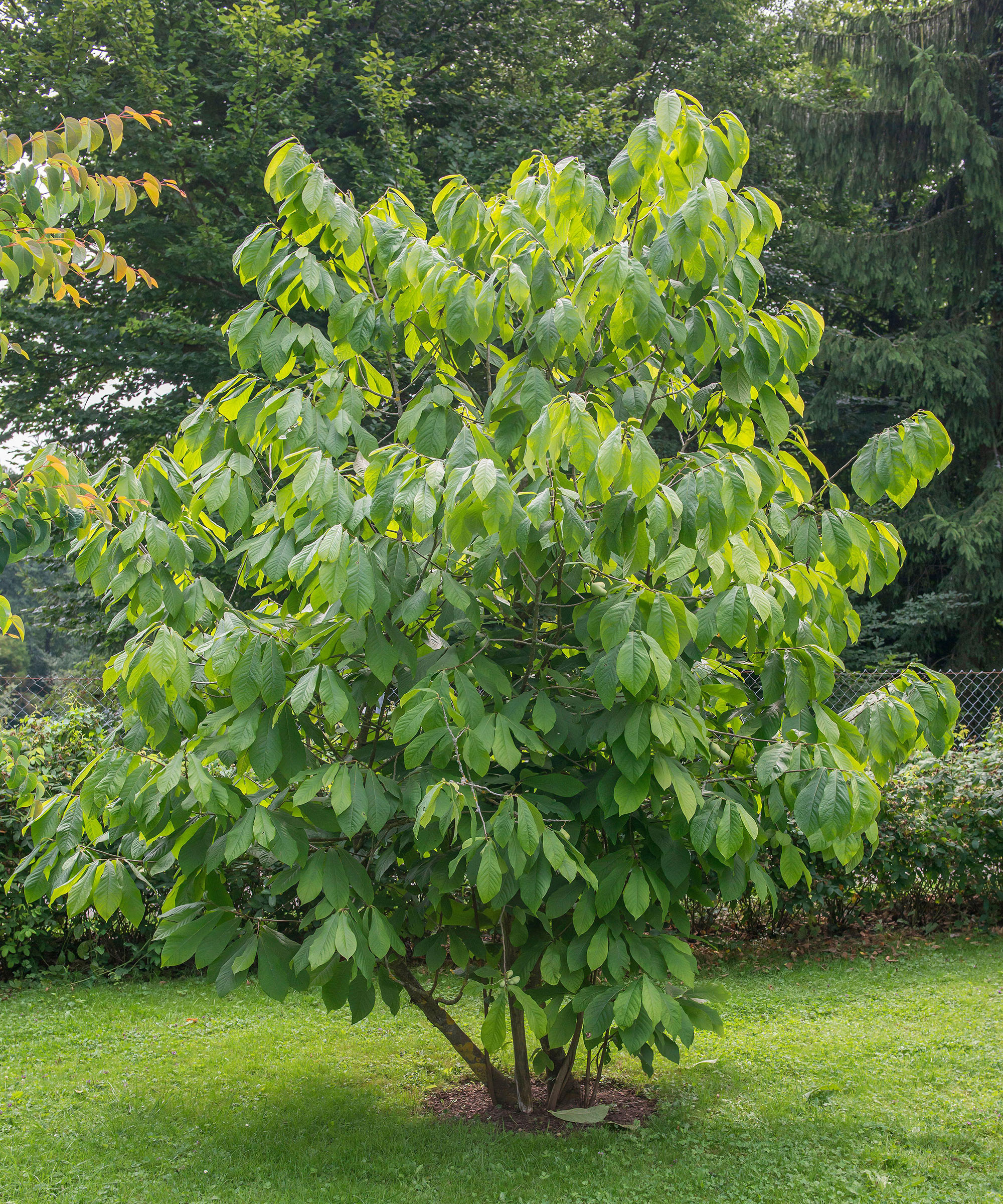
The optimal time for pruning these native trees is during late winter, just before your pawpaw tree produces new growth in spring. Pruning during this dormant phase, typically around February or early March, reduces the risk of disease transmission and allows cuts to heal.
'Winter pruning is necessary for a range of shrubs and trees,' says Drew Swainston, former professional gardener and gardens content editor at Homes & Gardens. 'This is often easier for gardeners, with bare branches making the job ten times quicker.
'There is also a practical reason for doing so, which also applies to pawpaws,' Drew adds. 'Since sap is not rising during winter, cuts are less likely to bleed. This means that pruning during this dormant period will be less of a shock for your tree, and wounds should quickly callous and heal.'
The best thing you can do is to keep an eye on the weather, as you want to prune at a time when it is cold, but there is no risk of heavy snow or frost. Be careful not to leave it too late, however, as trimming in late March could be a pruning mistake as you risk cutting into new growth just as the tree is jumping into life. So, the trick is finding that sweet spot in late winter, when the worst of the cold is over, but the warmth of spring is yet to arrive.

Drew qualified as a journalist and wrote for many websites and publications, before studying for a horticulture qualification. He worked as a professional gardener for several years, specializing in kitchen gardening. He's now bringing his expertise and passion to Homes & Gardens as a member of our team.
How to prune pawpaw trees

While pawpaw trees are some of the easiest fruit trees to grow, they do have specific requirements when it comes to pruning. Before you begin, always be mindful to use sharp, clean garden tools, sterilizing any pruning saws, secateurs and loppers. Doing so will prevent the spread of any infection or disease from other trees in your yard.
First, you want to inspect your pawpaw tree for any signs of damage from strong winds and frosty weather in fall and winter. You will easily spot any branches that have snapped or exhibit discoloration due to rot. Simply trim these back to a healthy joint, making sure your cut is smooth and clean. For larger branches, pruning snips will not suffice. Instead, use something like this Corona pruning saw, available to order from Amazon.
Next, focus on shaping the tree to encourage an attractive, open structure. Pawpaw trees naturally have a central leader trunk, but oftentimes they can have several larger stems, appearing more like a multi-stemmed specimen. While this is no bad thing, regular thinning of crowded middles by removing these competing branches will improve air circulation and light penetration, which is essential for fruit development.
One common tree pruning mistake to be wary of when trimming pawpaw trees is not to remove too much growth, which can shock the plant. Stick to the one-third pruning rule, cutting no more than 20 or 30% each winter. This way, you will contain the vigor of your pawpaw tree and encourage new growth, without causing any harm.
After pruning your pawpaw tree, dispose of all clippings and wood. Any healthy material can be cut down and added to your compost heap.
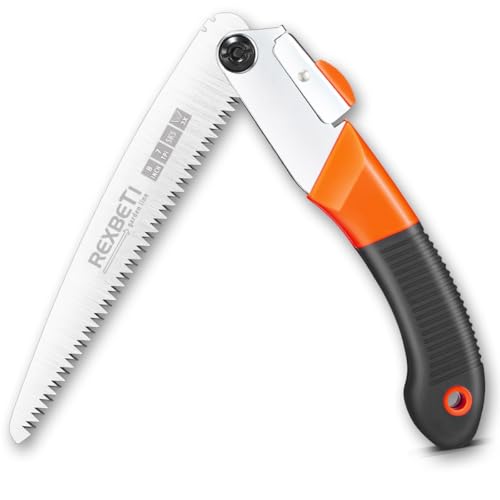
This durable folding pruning saw has an eight-inch steel blade with sharp teeth, perfect for cutting through pawpaw branches.
FAQs
How do I prune an overgrown pawpaw tree?
Pawpaw trees can reach up to 30 feet tall if left unmaintained. To bring an overgrown pawpaw tree back down to size, remember to stick to the one-third pruning rule, cutting no more than 30% each year. Focus on topping your pawpaw in the first year, limiting its height, while also clearing the trunks of any horizontal growth at the base of the tree. In subsequent winters, you can gradually reduce the overall canopy and size.
Wait until spring before feeding your pawpaw tree. Feeding is recommended from April when the weather warms up and plants need nutrients for the growing season ahead. Applying fertilizer in winter is a waste of time and resources, and can do more harm than good.
For more tree pruning advice, see our guide on how to prune rowan trees this year, for healthy plants full of colorful berries.
Sign up to the Homes & Gardens newsletter
Design expertise in your inbox – from inspiring decorating ideas and beautiful celebrity homes to practical gardening advice and shopping round-ups.

Thomas is a Content Editor within the Gardens Team at Homes and Gardens. He has worked as a professional gardener for both public spaces and private estates, specializing in productive gardening, growing food and flowers. Trained in Horticulture at the Garden Museum, he has written on gardening and garden history for various publications, including The English Garden, Gardens Illustrated, Hortus, The London Gardener and Bloom. He has co-authored a Lonely Planet travel book, The Tree Atlas, due out in 2024.
-
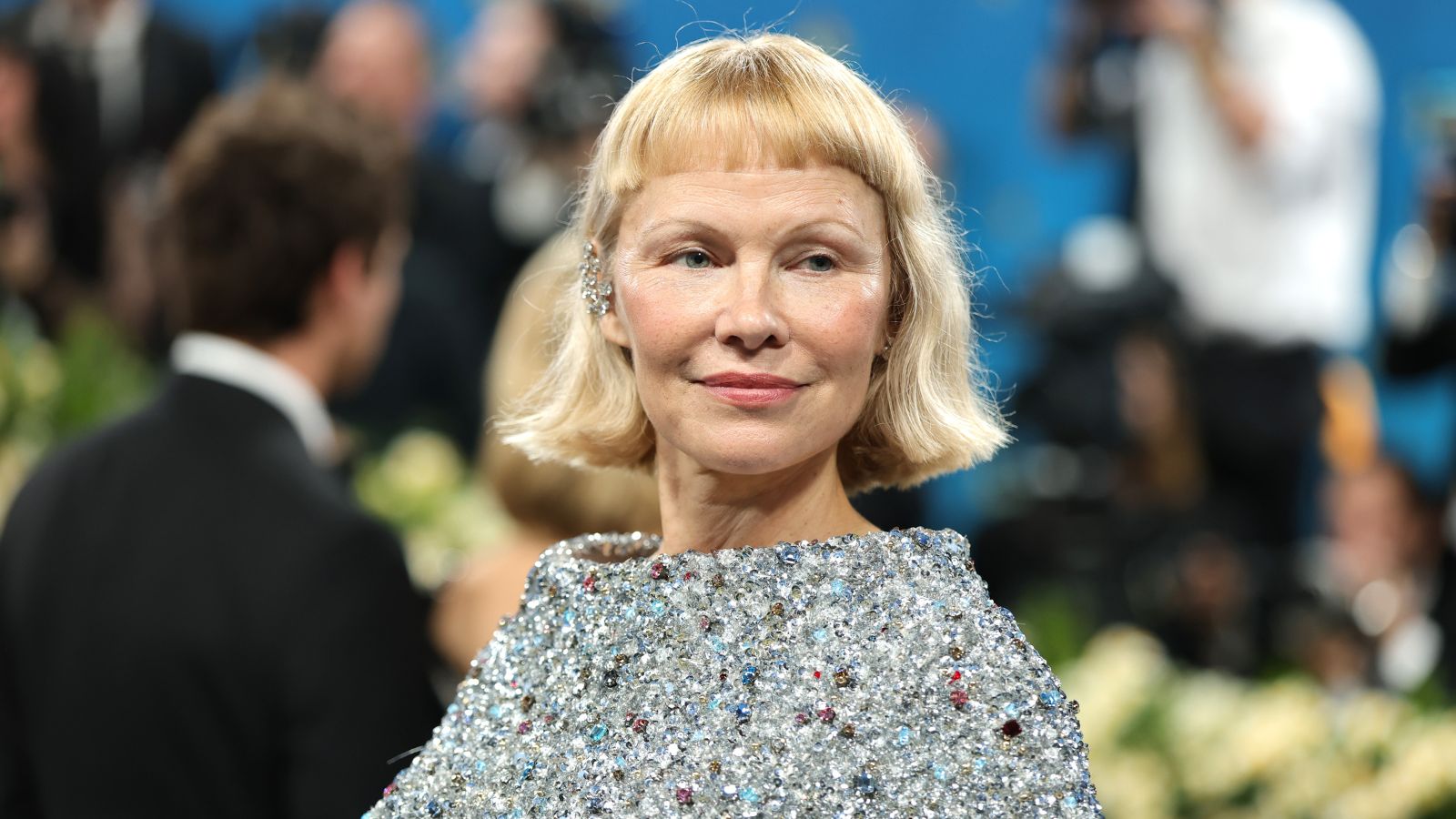 Pamela Anderson's kitchen seating arrangement is one of the most intelligent I've seen – it turns an awkward corner into a chic social space
Pamela Anderson's kitchen seating arrangement is one of the most intelligent I've seen – it turns an awkward corner into a chic social spaceThe model's banquette seating perfects a smart seating trend that's shaping how we dine and socialize in 2025 – and it will fit in the smallest of kitchens
-
 8 of the biggest small bedroom layout mistakes designers see time and time again
8 of the biggest small bedroom layout mistakes designers see time and time againThese small bedroom layout mistakes are so easy to make, but so easy to avoid too
-
 5 plants with thorns and spines to avoid in family gardens – plus the safer alternatives to grow instead
5 plants with thorns and spines to avoid in family gardens – plus the safer alternatives to grow insteadWhile these plants are good for intruder-proofing your yard, they might not be ideal in homes with young children or pets
-
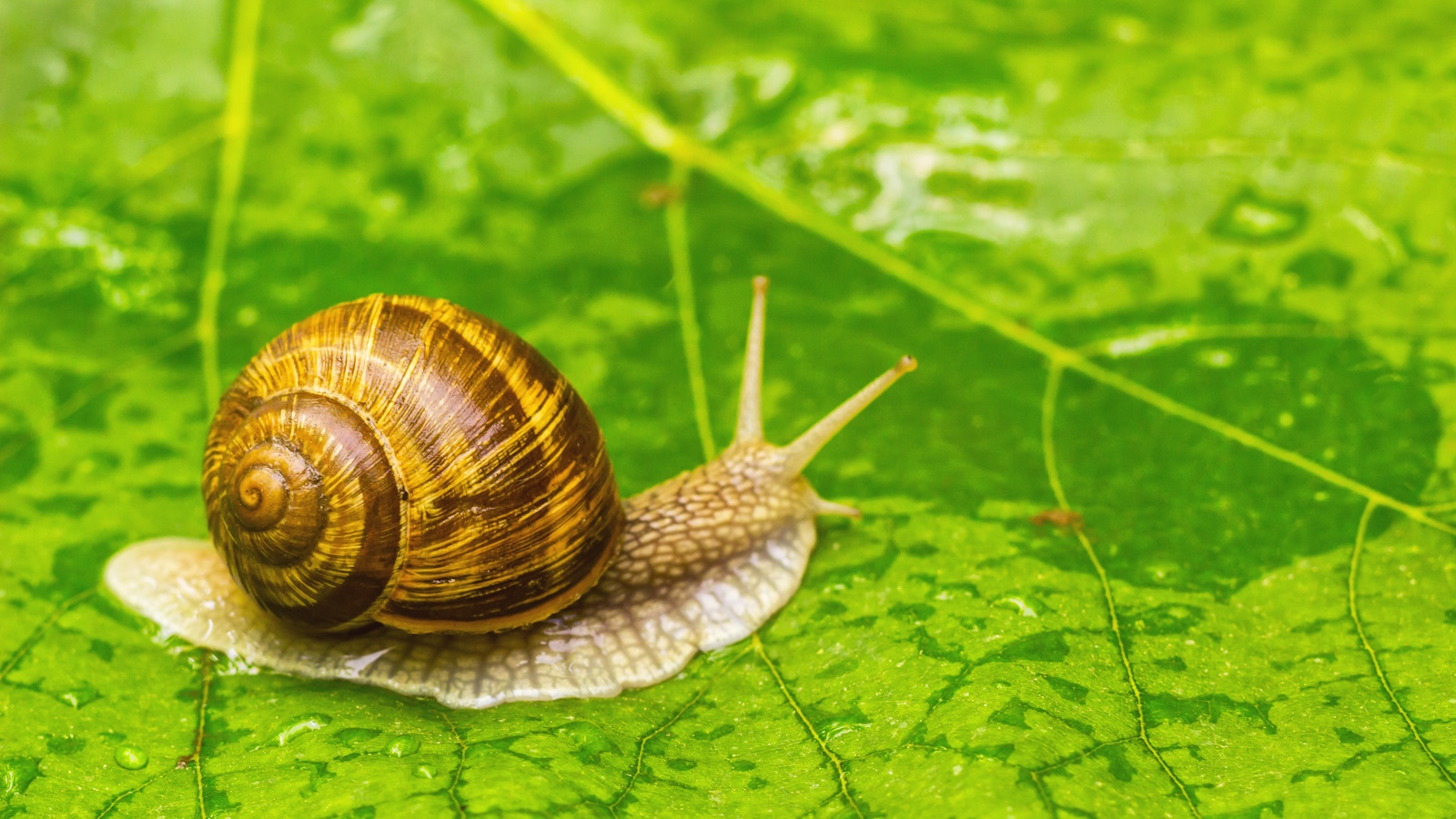 This common vegetable is the best natural defence against slugs and snails – and you probably already have one in your fridge
This common vegetable is the best natural defence against slugs and snails – and you probably already have one in your fridgeHere's how to pest-proof your flower beds and veg garden this year
-
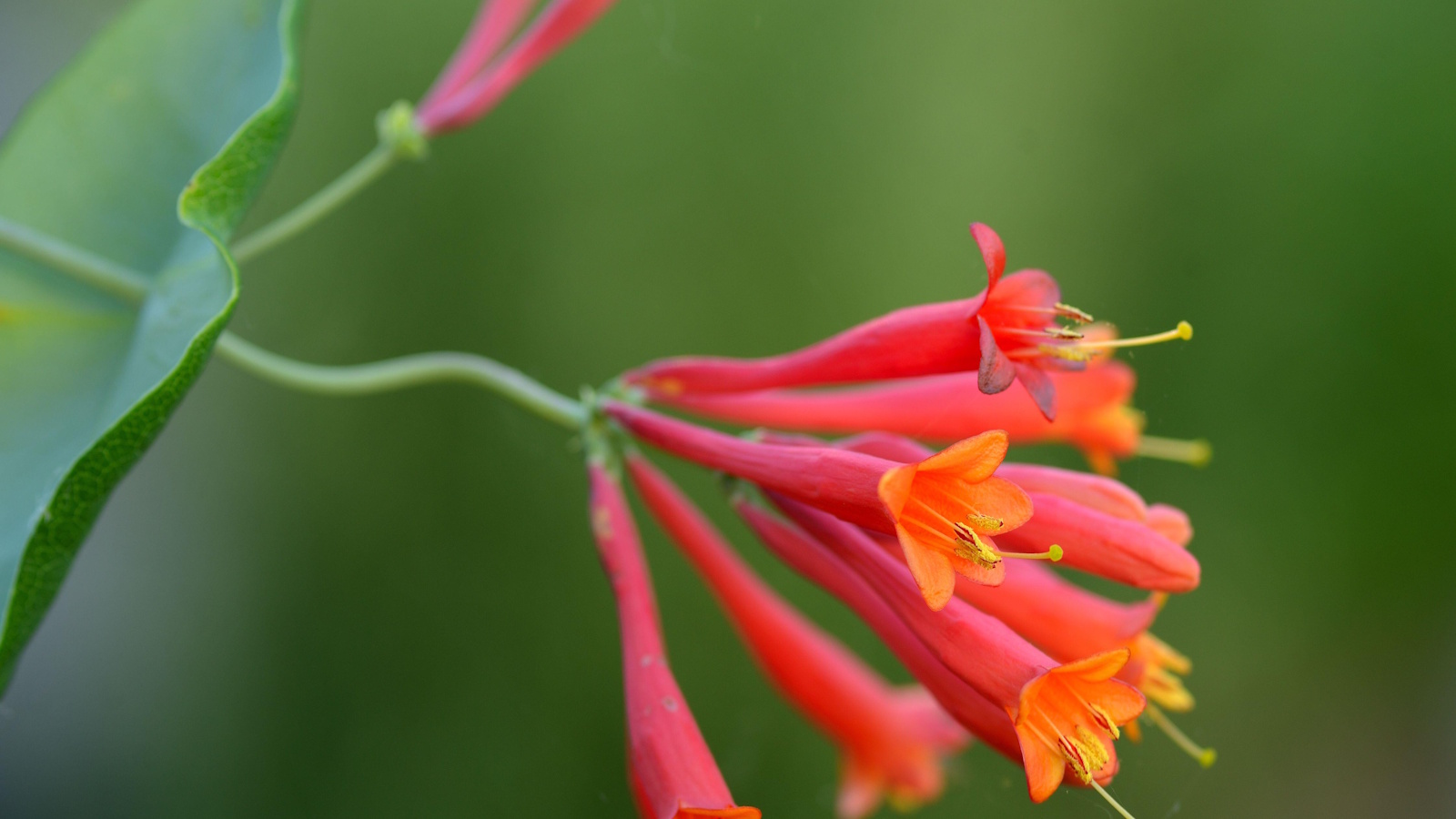 Native alternatives to invasive wisteria – 5 North American climbing plants with spectacular foliage and flowers to grow instead
Native alternatives to invasive wisteria – 5 North American climbing plants with spectacular foliage and flowers to grow insteadThese native vines will fill garden walls, fences and pergolas with greenery
-
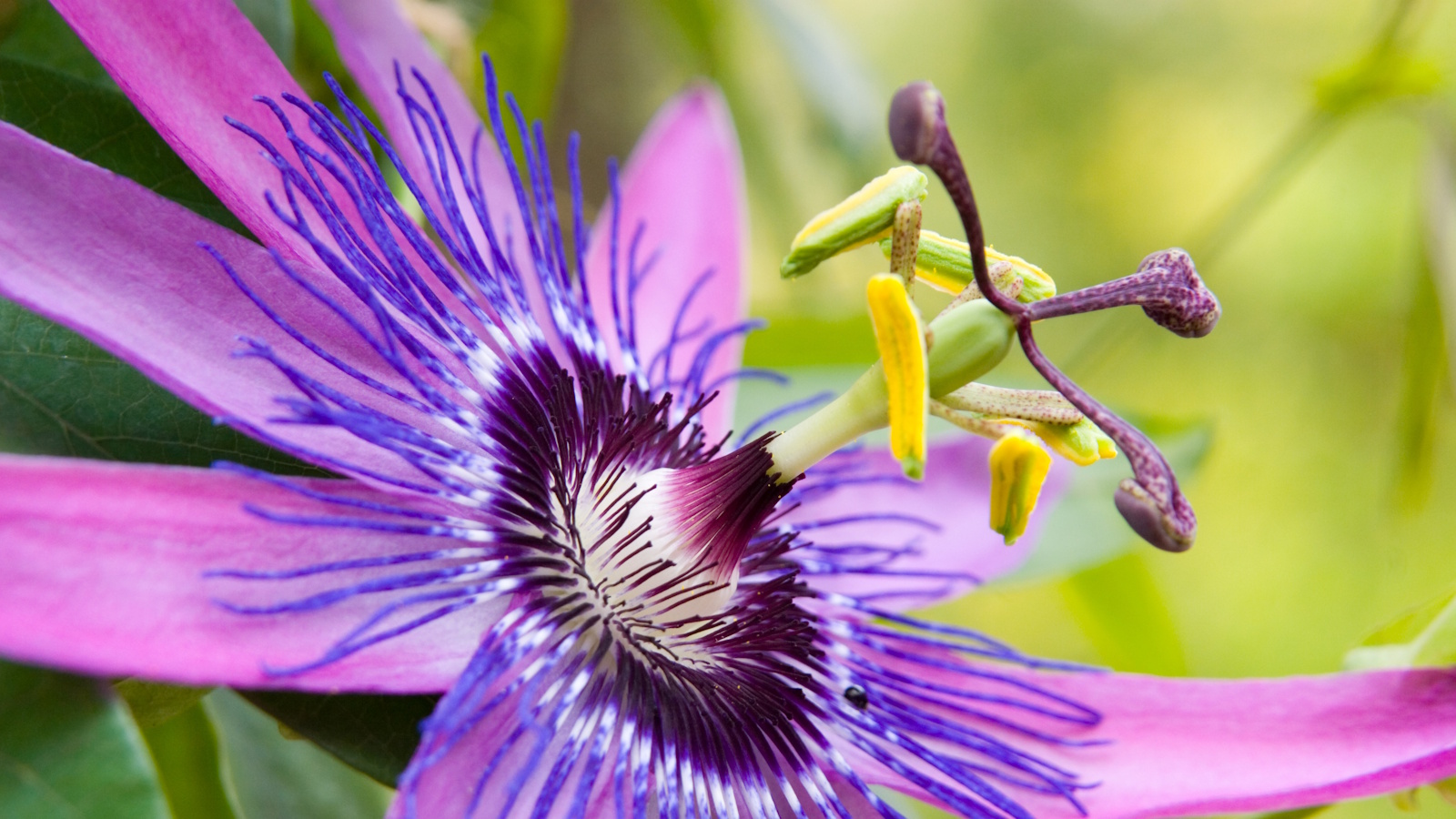 How to grow passion flowers in pots – the ultimate flowering vine that will transform any garden, whatever the size
How to grow passion flowers in pots – the ultimate flowering vine that will transform any garden, whatever the sizeLearning how to grow passion flowers in pots is a great option for gardeners with compact yards
-
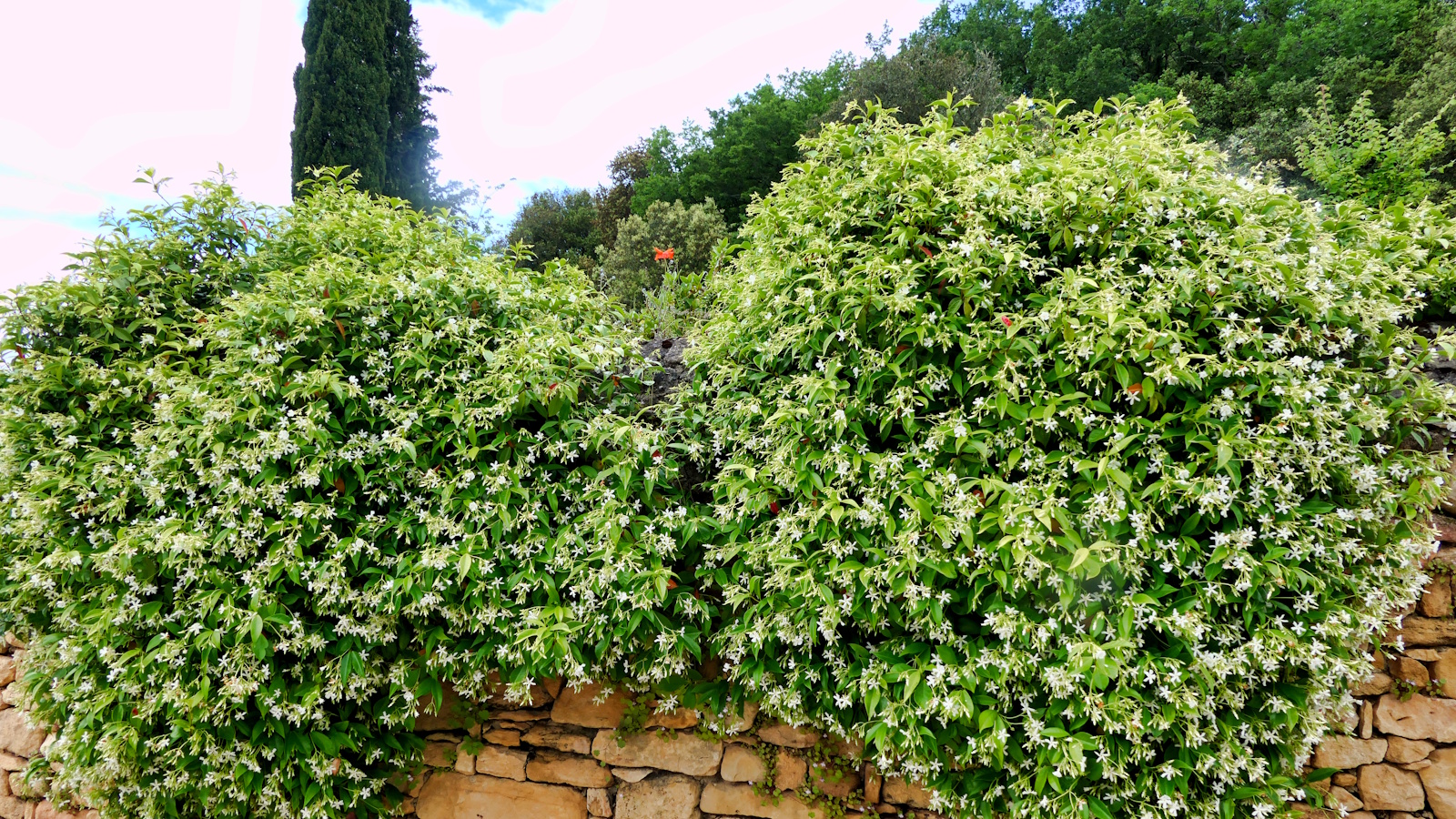 How to fertilize star jasmine – experts reveal the secrets for healthy climbing plants with masses of scented blooms
How to fertilize star jasmine – experts reveal the secrets for healthy climbing plants with masses of scented bloomsFeeding your vines at the right time can give them a boost during the growing season
-
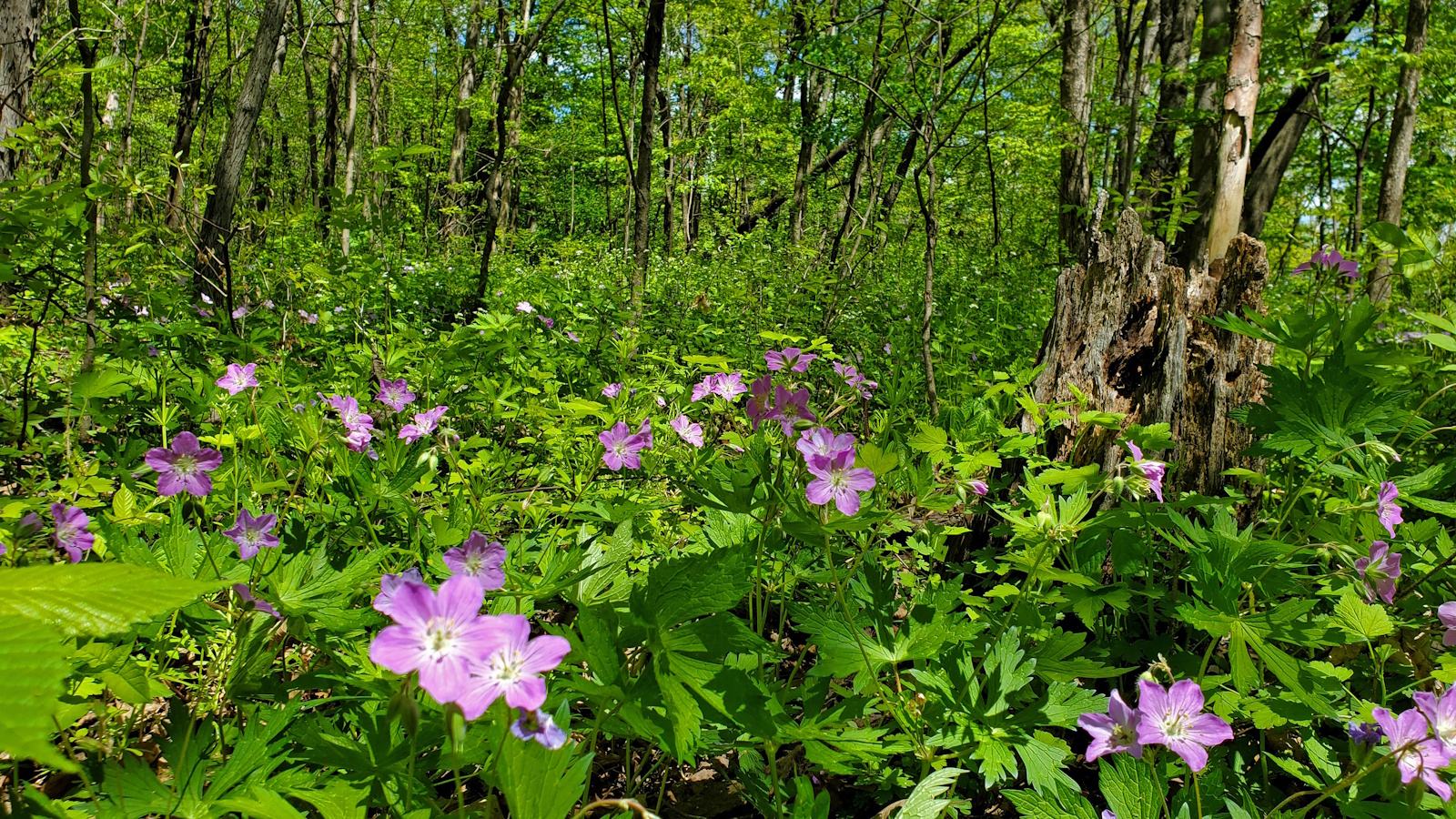 How to grow wild geranium – for a hardy flowering perennial that will thrive in shady gardens
How to grow wild geranium – for a hardy flowering perennial that will thrive in shady gardensThis tough perennial is a good option for adding color to darker borders
-
 Best native perennials to stop weeds – 5 resilient North American species to keep problem plants under control in your yard
Best native perennials to stop weeds – 5 resilient North American species to keep problem plants under control in your yardPlant experts reveal the best native perennials to stop weeds from taking over your borders
-
 Climbing plants that thrive on neglect – 5 low-effort, vibrant vines for time-short gardeners
Climbing plants that thrive on neglect – 5 low-effort, vibrant vines for time-short gardenersThese low-maintenance climbing plants can grow just fine with minimal attention
